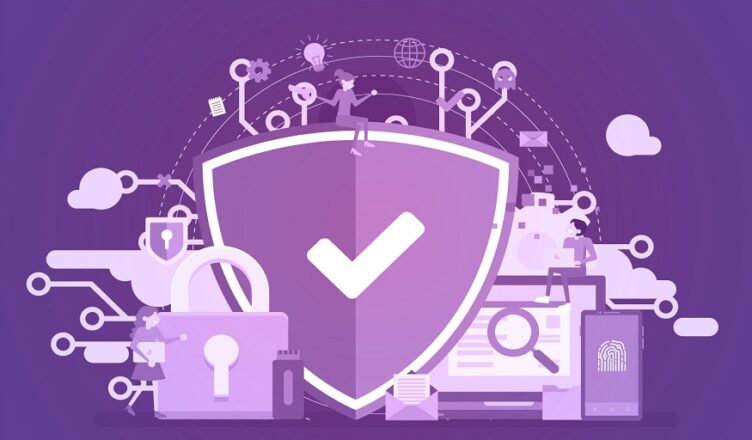Protecting sensitive information from unauthorized access, theft, or accidental exposure is crucial to maintaining the trust of customers and safeguarding the organization’s reputation. Data Loss Prevention (DLP) systems have long been an essential component of enterprise security strategies. However, the future of enterprise security lies in intelligent DLP systems that leverage advanced technologies to proactively detect and mitigate data risks. In this article, we will examine why intelligent DLP systems are vital for enterprise security in the future.
What is Data Loss Prevention (DLP)?
Data Loss Prevention (DLP) refers to a set of security tools and practices designed to prevent the unauthorized disclosure, transmission, or leakage of sensitive data. Traditional DLP systems typically relied on predefined rules and policies to identify and block potential data breaches. However, with the evolving threat landscape and the increasing sophistication of cyberattacks, traditional DLP systems have limitations in detecting unknown or emerging data risks.
The Rise of Intelligent DLP Systems
Intelligent DLP systems represent a paradigm shift in data protection and UEBA. These cutting-edge solutions leverage advanced technologies, such as Artificial Intelligence (AI), Machine Learning (ML), and behavioral analytics, to enhance their capabilities significantly. By continuously learning from historical data patterns and user behavior, intelligent DLP systems can proactively identify anomalous activities, emerging threats, and data vulnerabilities that might evade traditional rule-based approaches.
Key Advantages of Intelligent DLP Systems
Real-time Threat Detection
Intelligent DLP systems operate in real-time, constantly monitoring data flows across the organization. They can swiftly detect and respond to data breaches or unauthorized data access, minimizing the time window for potential damage and reducing the impact of security incidents.
Contextual Analysis
One of the defining features of intelligent DLP systems is their ability to analyze data within its context. Instead of relying solely on predefined rules, these systems can understand the context of data usage, such as user behavior, data sensitivity, and intended recipients. This contextual analysis allows them to make more accurate decisions about whether specific actions pose a risk.
Behavior-based Anomaly Detection
Intelligent DLP systems employ behavioral analytics to establish a baseline of normal user behavior. Any deviation from this baseline is flagged as a potential anomaly, which could indicate unauthorized data access or insider threats. By detecting anomalies, intelligent DLP systems can identify and respond to suspicious activities before they escalate into serious data breaches.
Flexibility and Adaptability
Traditional DLP systems often require manual updates to keep pace with emerging threats and changing data patterns. In contrast, intelligent DLP systems are agile and adaptable. They can automatically learn from new data and adapt their algorithms to address evolving security challenges, ensuring robust protection against emerging threats.
Seamless Integration
Intelligent DLP systems can seamlessly integrate with other security technologies, such as SIEM (Security Information and Event Management) and EDR (Endpoint Detection and Response) solutions. This integration enhances the overall security posture of the organization by providing a holistic view of security incidents and enabling more effective incident response.
Conclusion
As cyber threats continue to evolve and data becomes increasingly valuable, the future of enterprise security hinges on intelligent DLP systems.
These advanced solutions bring unparalleled advantages, such as real-time threat detection, contextual analysis, behavior-based anomaly detection, flexibility, and seamless integration with existing security infrastructure. Embracing these innovative technologies will undoubtedly be the key to securing the future of enterprise data and maintaining customer trust in an ever-changing digital landscape.

